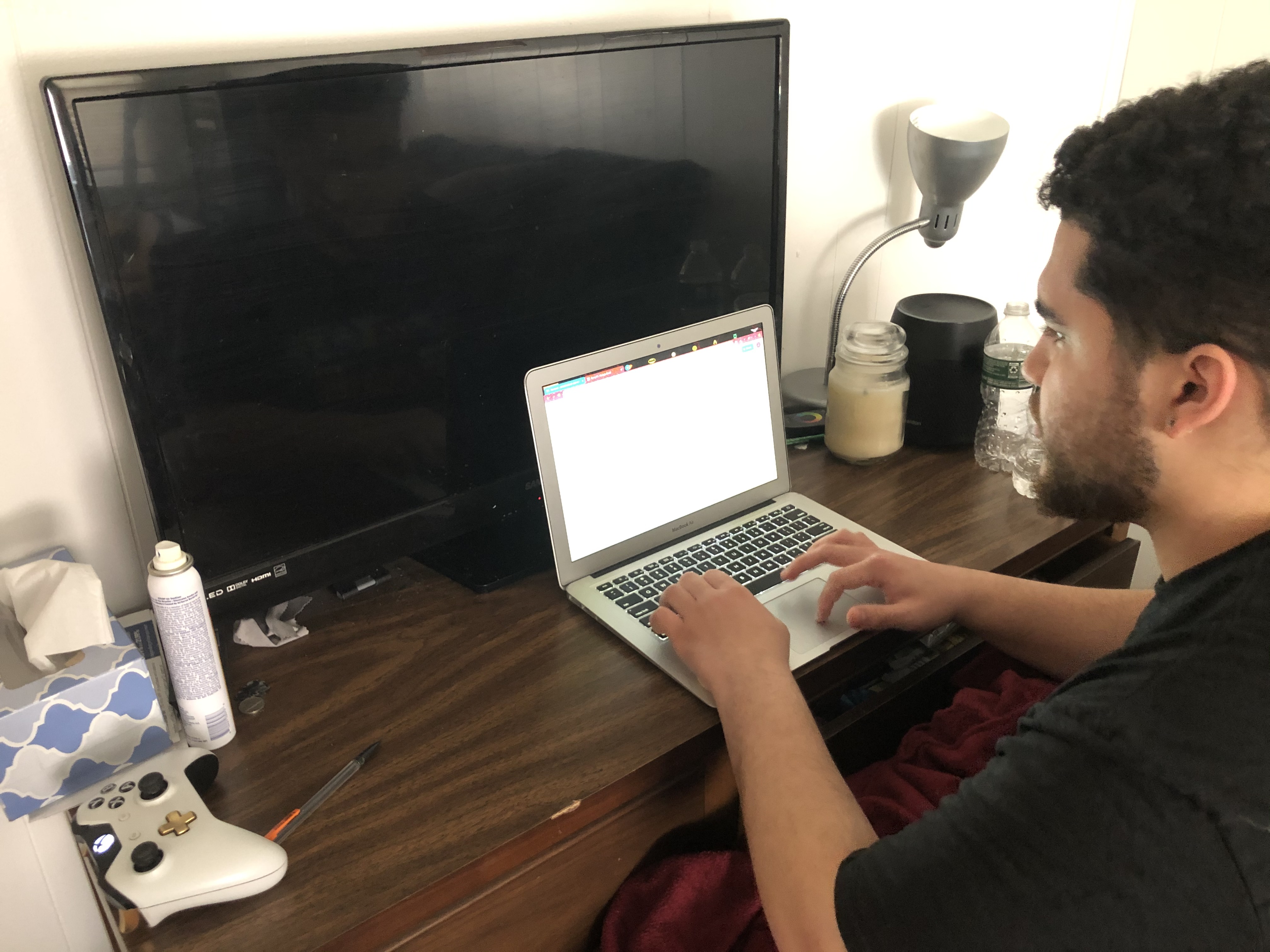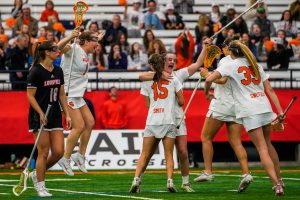How students are adjusting to learning from home
How students are adjusting to learning from home

With their on-campus semesters cut short by the Coronavirus, students have been forced to adapt to virtual learning in the blink of an eye.
On March 10, Syracuse University announced courses would transition online until the end of the month and it was, by all accounts, a smart decision. The Coronavirus pandemic had just begun to severely affect life in the United States, and at a university of more than 20,000 students, there was too much of a risk of infection to continue having in-person classes.
A week later, SU chancellor Kent Syverud announced that all classes would be held online for the remainder of the semester. Again, objectively a smart decision, but not one without consequences. How would professors respond to having to switch online so quickly? Would classes be adjusted to be easier? Or would working and learning from home pose even more problems for faculty and students alike?
Nearly a month into SU’s transition to online classes, college students in the Syracuse area still have mixed feelings about their new learning environment.
“I would say I don’t mind it as much as I thought I would,” said finance and marketing senior Andrea Mangulabnan. “I definitely miss learning in a classroom because we have much easier access to materials and resources, especially our professors, but it’s just become something to get used to.”
Part of adjusting to online learning for some students has forced them to be resourceful and adapt to their home environments. For Multimedia, Photography and Design master’s student Renée Deemer, that’s meant a shift from shooting photos of humans to having to take shots of one specific non-human subject.
That’s where Celeste, Deemer’s new mannequin friend, is introduced. Deemer’s birthday is April 1, and between being separated from her family and her schoolwork shifting to online learning, her mom had no idea what to get her.
“She had to listen to me complain and just be generally upset about it,” Deemer said. “And so one day she was like, ‘do you want me to get you a mannequin for your birthday?’ And I was like, ‘absolutely!’”
Deemer now uses Celeste – who is named after the wife of Babar the Elephant, a children’s book character – to help practice her work with lighting, most commonly for her Light and Concept class. Even though the mannequin “scares the s—” out of her sometimes, the two have become very close in quarantine, and even wear the same size clothes.
“She’s very patient,” Deemer said. “It’s been helpful. It just gives me more options to take my time learning the lighting and whatnot.”
While Deemer believes her professors are doing the best they can given the circumstances, she strongly dislikes virtual learning because one of the biggest reasons she came to graduate school was to learn in a face-to-face community, an opportunity that is now gone.
Jaylen Barron, an accounting junior at Onondaga Community College, also believes that the lack of in-person interaction between students and their professors is troubling. Barron explained that he thinks the quality of his work has dropped significantly due to the changes in learning style.
“Before I would go to class and get face-to-face instruction, but now I’m told to read documents and put assignments in drop boxes on Blackboard,” Barron said. “It’s downright criminal, the amount of college students that are teaching themselves the whole course, more than ever before now.”

Other negative repercussions from the shift to online learning include a lack of firm deadlines, too much or too little leniency on work and exams, and a lack of live lectures, students said. Deemer considered herself lucky that all of her professors now hold class live on Zoom, as opposed to pre-recording them or scrapping lectures completely.
Earth science senior Thomas Silvester said that just one of his six classes this semester are now held live and online. Even that one is recorded by the professor, though, and participation is not required.
“[If I was an SU professor] I would have all live lectures during class times,” Silvester said. “I would ask questions during the class to make sure everyone is paying attention.”
It hasn’t been all bad for students. In addition to broadening the scope of classes available to be taken pass/fail, SU recently announced that it’s offering free subscriptions to the Wall Street Journal and New York Times for all of its students, plus free access to the Adobe Creative Cloud through May 31.
Less time taken up by class time and schoolwork has also meant more chances for students to focus on other activities and hobbies. Mangulabnan has gotten into painting and has taught herself how to sew. Barron has been able to catch up on some shows he’s been meaning to watch. The shift to virtual learning has undoubtedly been jarring, but some have turned it into a jumping-off point for future endeavors.
“I had a lot of adjusting to do in the beginning by not seeing my friends, coping with what to do being stuck in the house all day, and how to manage online classes,” Mangulabnan said. “But as a couple weeks went on, I started to find other things to focus on…Even though this situation isn’t the greatest, it’s definitely given me a lot of motivation for what I want to accomplish when this is all over.”





